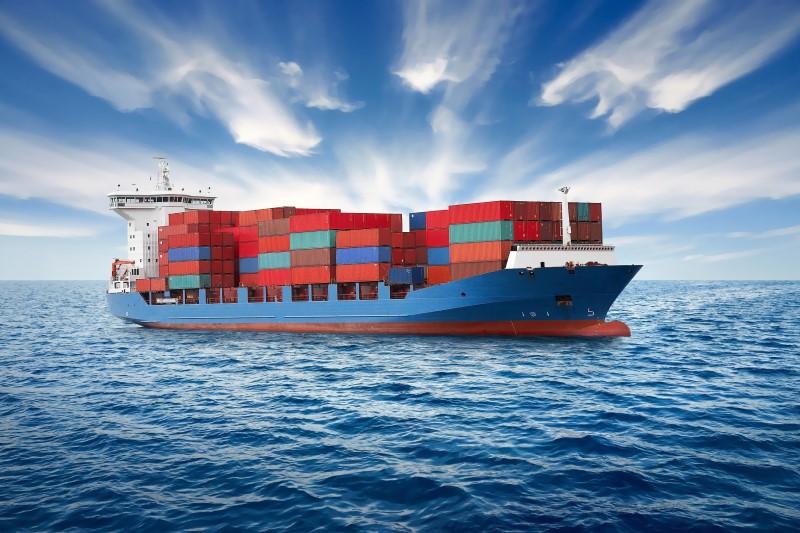Delivering a full container load or FCL shipment to a residential address works a little differently to delivering to commercial premises, which means that you need to consider the additional costs and challenges involved before you arrange your shipment.
Transloading
If your delivery address is further than 100 miles from the entry port that your container arrives at – or if there isn’t enough room at your premises to unload the container itself – your shipment will need to be transloaded.
“Transloading” means moving the contents of a shipment from one method of transport to another for its onward journey. This means that the total journey time from start to finish will be longer and will attract additional costs to reflect the additional time and work involved.
Residential delivery fees
Some trucking companies charge an additional fee for deliveries to residential addresses to reflect the added complications that this can cause, such as the cost for providing a liftgate, forklift, or pallet jack, and not having access to a loading dock.
Unloading
If your shipment isn’t transloaded, when it arrives it will need to be unloaded by hand, which may attract additional fees.
A window of time to allow for unloading – known as a free waiting period – is factored into the cost of delivering full container load shipments, and if the container is unloaded by the receiver (or help that they hire themselves) within this window of time, no additional charges are made.
If the process of unloading the shipment exceeds the free waiting period, additional charges usually apply. Drop and pick or drop and hook is an alternative method to give you more time to unload your shipment, as the trucker leaves the container with you and returns to collect it when it has been emptied, usually at a pre-set time. This again attracts an additional fee.
Delivery labor fees
If the trucker helps you to unload your container, this attracts an additional delivery labor fee. The fee increases if the trucker helps you to carry the goods to an inside location, rather than just removing them from the container.
Opening your container
All shipping containers sent by certified CTPAT (Customs Trade Partnership Against Terrorism) freight companies are sealed at the point of departure with a tamperproof high-security seal. You will need a sturdy pair of bolt cutters to open your container when it arrives.
If you want to know more about the pros and cons of delivering a FCL shipment to a residential address – or if you need some insights into the challenges and considerations to bear in mind – contact us now and we’ll advise you.
